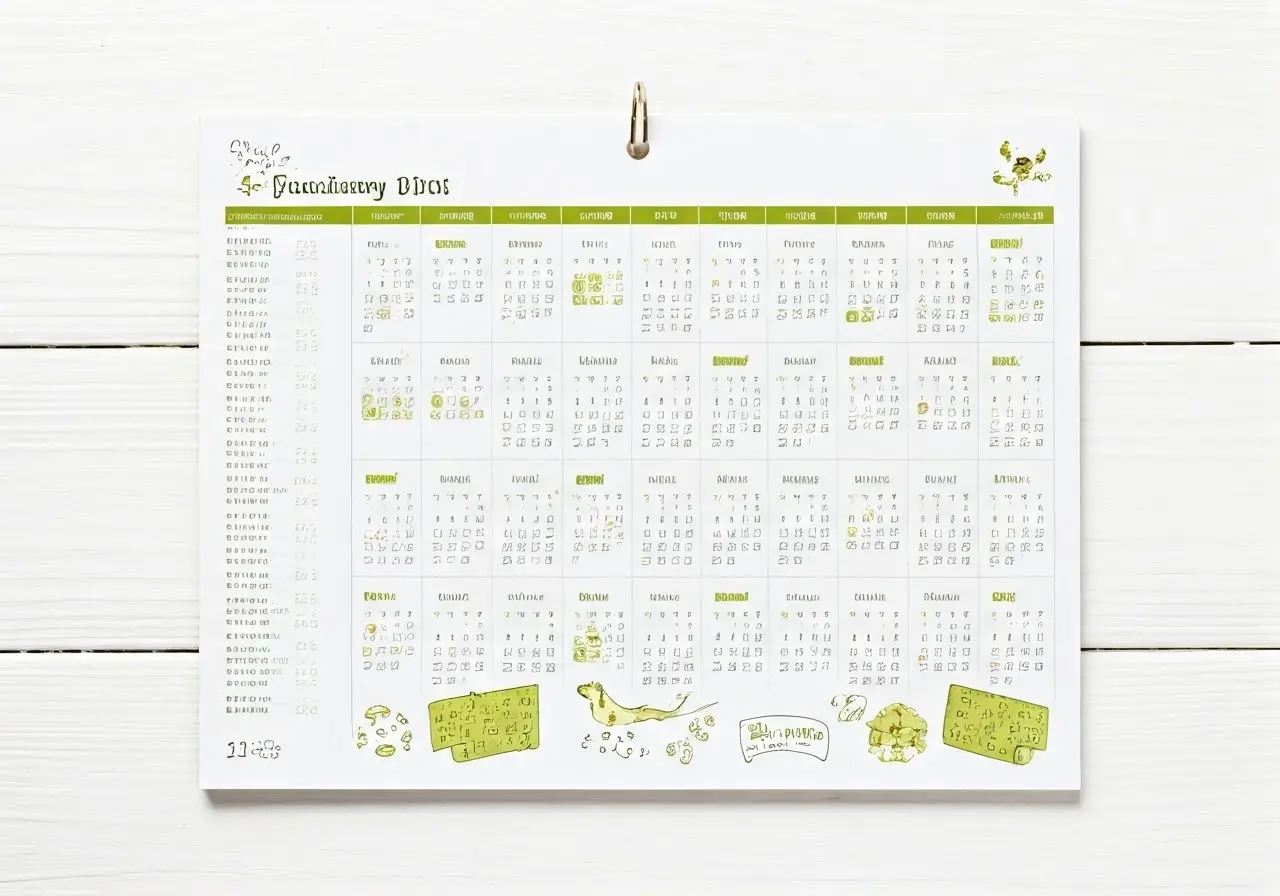Training your dog can be a rewarding yet challenging journey. With the right schedule, you can achieve consistent progress and foster a strong bond with your furry friend. In this blog, we unveil the secrets to developing an effective dog training schedule that keeps both you and your dog motivated.
Understanding Your Dog’s Needs and Abilities
The first step to creating an effective training schedule is understanding your dog’s unique needs and abilities. Consider their age, breed, and personality, which can all influence the type of training that works best. Younger dogs, for instance, may have shorter attention spans, requiring more frequent but shorter sessions, while an older dog might benefit from a more consistent pace. Understanding these nuances is crucial in tailoring your approach. Furthermore, according to Abba Adams in their blog ‘10 Secrets to Successful Dog Training’, consistency and routine are essential elements in dog training. So, establishing a fixed schedule that aligns with your dog’s energy levels and natural rhythms can dramatically enhance their learning experience.
Observing your dog’s behavior and energy can also reveal a lot about what they need from a training regimen. Some dogs are visual learners, responding well to hand signals, while others might be more aural, requiring clear verbal commands. Test different approaches to see what your dog responds to best. This trial-and-error phase is part of the process and a necessary step to building a customized schedule that promotes consistent progress.
Your dog’s physical needs shouldn’t be overlooked, either. Breeds like Border Collies and Labradors have high energy levels and might require a training schedule intertwined with physical activities. Conversely, smaller or less active breeds might prefer shorter, intense training bursts that focus more on mental stimulation. Taking these elements into account ensures your training schedule isn’t just about teaching commands but holistically enhancing your dog’s well-being.
Setting Realistic Goals and Milestones
Establishing realistic goals helps you track progress and keeps training sessions purposeful. Understanding your dog’s capabilities is key to setting these goals. For instance, expecting a puppy to master advanced tricks within weeks is not feasible. Instead, break down skills into manageable milestones that can be achieved progressively, offering a layered approach to learning. As noted in the How to Adapt Your Dog Training Schedule for Faster Results article by Focused Dog Training, adjusting your schedule based on these milestones can lead to significant improvements in your dog’s training performance.
Celebrate small victories to keep your dog motivated. Celebrations don’t have to be grand; a simple treat or extra playtime can reinforce positive behavior and set the tone for future training sessions. Dogs learn best when they’re encouraged, so use each small success as fuel to tackle the next challenge. This approach not only builds confidence but strengthens the bond between you and your pet, transforming training into a collaborative and enjoyable experience.
Throughout the journey, maintain flexibility to recalibrate your expectations. Progress may come in spurts and there will be plateaus, but by being patient and adaptable, you can ensure that each training session takes your dog a step closer to their goal. Remember, the aim isn’t just to reach the milestone but to enjoy the journey it takes to get there.
Designing a Flexible Training Schedule
Flexibility is key in a training schedule. Learn to adjust timings and activities based on your dog’s progress and daily mood, ensuring your training sessions remain effective and enjoyable. According to the Ultimate Guide to Choosing the Right Dog Training Home Visits Service, personalized training that adapts to the dog’s environment and temperament can be particularly beneficial. This adaptability ensures that your dog isn’t overwhelmed and can approach each session with a fresh mindset.
Keeping a regular routine helps reinforce particular behaviors, yet being too rigid can lead to boredom and disengagement. Mix different kinds of training activities to keep things interesting. On days when your dog seems restless, opt for a more physically demanding session. If they appear tired or unfocused, a gentler approach focusing on new tricks or commands might be more effective. The key lies in observing your dog’s responses and adjusting the schedule as necessary.
Incorporating short training stints into everyday walks or playtime isn’t just practical but aligns training with routine activities, making learning a natural part of daily life. This technique seamlessly blends commands within the regular repertoire of actions, reinforcing skills in a familiar and comfortable setting.
Incorporating Variety and Play
Keep training sessions engaging by incorporating a variety of exercises and play. This helps reinforce learning and prevents your dog from becoming bored or frustrated. Dogs thrive when they’re mentally and physically stimulated. By blending fun into training, you not only make the sessions enjoyable but also foster creativity in problem-solving situations. This approach aligns with Abba Adams’ insight in ‘10 Secrets to Successful Dog Training’ where incorporating play ensures training remains a positive experience.
Games like fetch, tug-of-war, or hide and seek can be effective tools in teaching commands while keeping your dog active. Introduce commands like ‘sit’ and ‘stay’ into these games to reinforce discipline while maintaining a lighthearted environment. Remember, a happy dog is a more receptive dog, ready to engage and learn without feeling pressured or anxious.
Rotate toys and treats to maintain enthusiasm during sessions. Introducing new elements periodically keeps things fresh and exciting for your dog. In turn, they remain curious and vigilant instead of passive or disengaged. Savor these moments; they’re as much about training as they are about building unforgettable memories with your pet.
Monitoring Progress and Adjusting Strategies
Regularly assess your dog’s progress to identify areas that need more focus or change. Be open to adjusting your strategies to better suit your dog’s learning pace and style. Doggy Boot Camps often emphasize continual assessment and strategy adaptation, a practice you can replicate in your home schedule to mirror this structured learning environment.
Documenting each session’s outcomes can be insightful. Keeping a journal or diary of what worked well, which commands need refining, and noting any new behavior patterns can guide future sessions. This recorded history allows you to spot trends, adjust timings, or integrate new techniques aimed specifically at overcoming challenges observed.
Encourage feedback from family members who interact with your dog, ensuring everyone is aligned with the commands and strategies used. This exchange of information not only unifies training efforts but enriches the approach with diverse observations that contribute to a rounded and efficient schedule.
Unlock Progress with a Balanced Training Schedule
Creating a successful dog training schedule isn’t about strict rules but rather establishing a balanced routine that works for you and your dog. By understanding your dog’s needs and maintaining a positive approach, you’ll ensure steady progress and a happy, well-trained companion.


